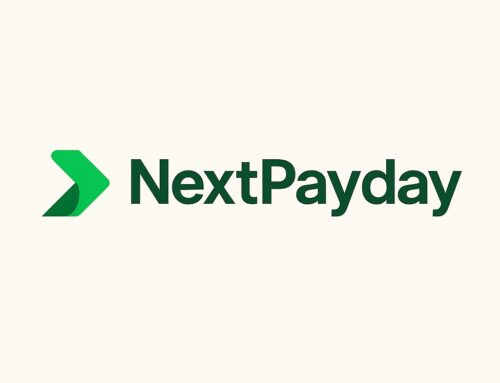Life is unpredictable. From medical emergencies to unexpected job loss, financial curveballs can happen at any time. That’s why having an emergency fund is essential—it acts as a financial safety net, giving you peace of mind and protecting you from going into debt when life throws the unexpected your way.
If you don’t have one yet, don’t worry. This guide will walk you through exactly how to build an emergency fund, even if you’re starting from scratch.
💡 What Is an Emergency Fund?
An emergency fund is money you set aside specifically to cover unexpected expenses—such as medical bills, urgent home or car repairs, or temporary loss of income. It’s not for vacations, shopping, or regular bills.
🧠 Why Emergency Funds Are Important
-
Avoids High-Interest Debt
Without savings, people often rely on credit cards or loans in emergencies—costing more over time. -
Provides Peace of Mind
Knowing you have a safety net reduces stress during uncertain times. -
Protects Your Long-Term Goals
An emergency fund helps prevent you from dipping into savings meant for other goals like retirement or buying a home.
🛠️ Step-by-Step: How to Build Your Emergency Fund
Step 1: Set a Realistic Savings Goal
-
Minimum goal: $500–$1,000 (great starting point for beginners)
-
Ideal goal: 3–6 months of essential living expenses
Calculate your monthly essentials: rent/mortgage, utilities, groceries, insurance, and debt payments. Multiply by 3 to 6 to get your target amount.
Step 2: Open a Separate Savings Account
Keep your emergency fund separate from your everyday spending account. Choose a high-yield savings account to earn interest and reduce the temptation to spend it.
Step 3: Start Small and Stay Consistent
You don’t need to save a huge amount all at once. Even $10–$50 a week adds up.
-
Set up automatic transfers from your checking to your emergency fund.
-
Treat it like a recurring bill.
Step 4: Cut Expenses or Find Extra Income
Free up money for your fund by:
-
Canceling unused subscriptions
-
Cooking at home more often
-
Taking on a freelance gig or selling unused items
-
Using cashback or rewards apps and directing earnings to savings
Step 5: Use Windfalls Wisely
Tax refunds, bonuses, or cash gifts are great opportunities to boost your emergency fund quickly. Try allocating at least a portion of these windfalls directly into savings.
Step 6: Keep It for Emergencies Only
Avoid dipping into your emergency fund unless it’s truly urgent. It’s not for last-minute concert tickets or shopping sprees.
Step 7: Replenish After Use
If you ever need to use your emergency fund, prioritize refilling it. Go back to your regular contribution routine until it’s fully restored.
✅ Pro Tip: Use Visual Tracking
Use a savings tracker (spreadsheet, app, or printable chart) to monitor your progress. It keeps you motivated and helps you stay on track.
🔁 Example Emergency Fund Timeline
| Month | Monthly Contribution | Fund Total |
|---|---|---|
| 1 | $100 | $100 |
| 2 | $100 | $200 |
| 3 | $150 (bonus month) | $350 |
| 6 | $100/month | $650 |
| 12 | $100/month | $1,250 |
Even with modest contributions, you can build a solid cushion in a year.
🚀 Final Thoughts: Start Today, No Matter Your Income
Building an emergency fund is one of the smartest financial moves you can make. It doesn’t require a big paycheck—just consistency, planning, and discipline. Start with what you can, stay committed, and your future self will thank you when life takes an unexpected turn.
Need help creating a personalized savings plan? Reach out or subscribe to our newsletter for more tips, tools, and financial guidance!



Leave A Comment